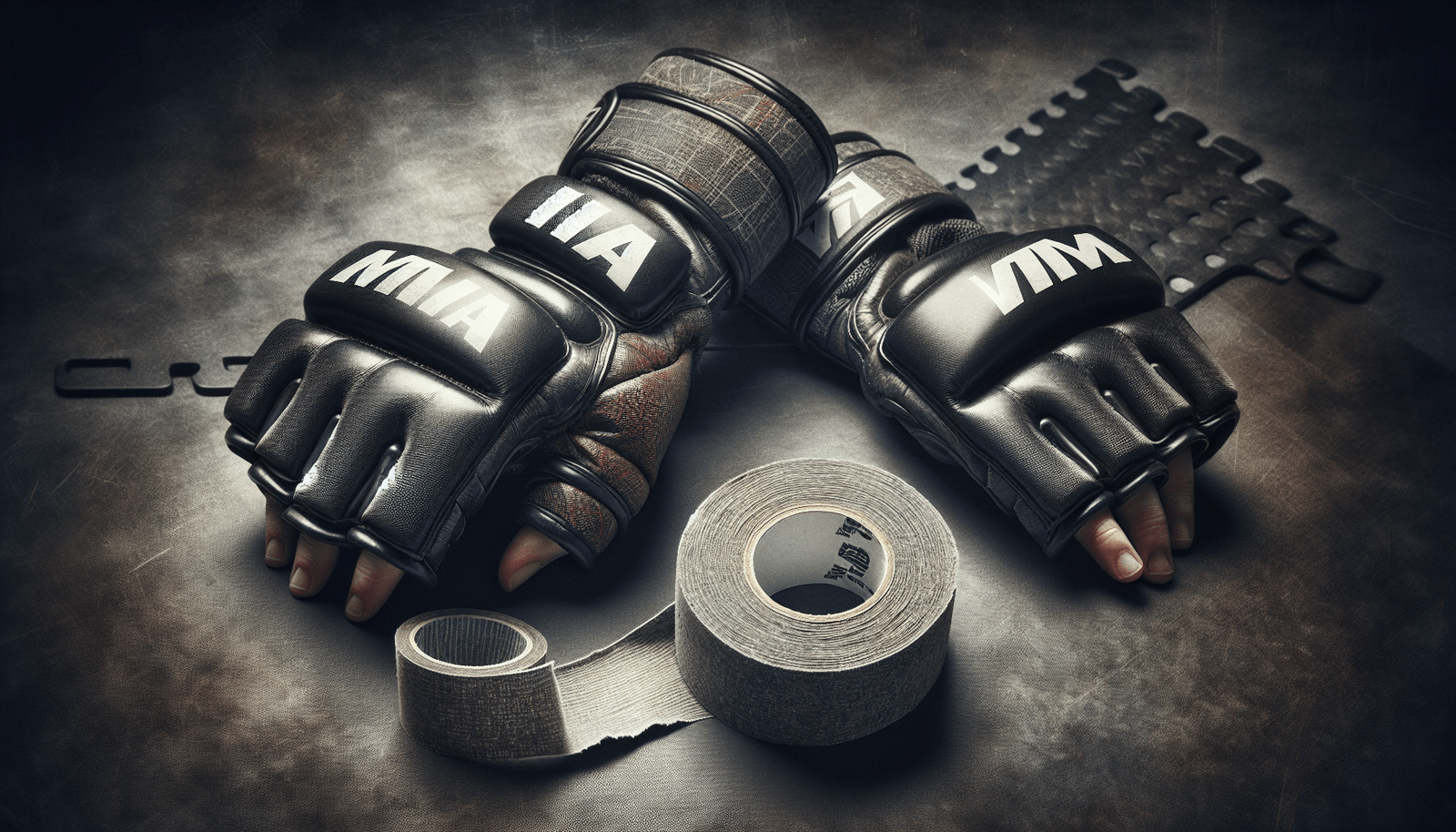Hey there! If you’re a mixed martial artist looking to keep your Achilles tendon in top shape, then this article is just for you. We’ll explore the common causes of Achilles tendon injuries in MMA fighters and provide some practical tips and exercises to prevent them. By incorporating these strategies into your training routine, you can reduce your risk of sustaining a debilitating Achilles injury and continue to perform at your best in the cage. Let’s keep those Achilles tendons strong and injury-free! Have you ever wondered how to prevent Achilles tendon injuries in MMA? Let’s dive into some tips and techniques to help keep you safe and injury-free in the sport you love.
Understanding the Achilles Tendon
Before we discuss how to prevent injuries to the Achilles tendon in MMA, it’s essential to understand what the Achilles tendon is and its role in the body. The Achilles tendon is the largest and strongest tendon in the body, connecting the calf muscles to the heel bone. It plays a crucial role in walking, running, jumping, and any movement that involves the lower legs.
Understanding the anatomy and function of the Achilles tendon can help you better appreciate the importance of preventing injuries to this vital structure in MMA.
Common Causes of Achilles Tendon Injuries in MMA
Achilles tendon injuries are prevalent in MMA due to the intense physical demands of the sport. Some common causes of Achilles tendon injuries in MMA include sudden movements, overuse, improper technique, and lack of proper warm-up and stretching.
In MMA, the Achilles tendon is often at risk during quick changes in direction, explosive movements, and powerful kicks. It’s essential to be aware of these risk factors and take steps to prevent injuries before they occur.

Techniques to Prevent Achilles Tendon Injuries
To prevent Achilles tendon injuries in MMA, it’s crucial to incorporate specific techniques into your training routine. Here are some practical tips to help you protect your Achilles tendon and stay injury-free:
Proper Warm-Up and Stretching
Before any MMA training session or competition, make sure to warm up adequately and stretch your calf muscles and Achilles tendon. A proper warm-up increases blood flow to the muscles, making them more flexible and less prone to injury. Dynamic stretches that mimic the movements you’ll be performing in training or competition can be particularly beneficial.
Starting your training session with a focus on flexibility and mobility can help prevent Achilles tendon injuries and improve overall performance in MMA.
Strengthening Exercises
Incorporating strengthening exercises into your training routine can help prevent Achilles tendon injuries by improving the strength and resilience of the surrounding muscles. Focus on exercises that target the calf muscles, such as calf raises, heel drops, and toe raises.
Strengthening the muscles that support the Achilles tendon can help reduce the risk of overuse injuries and improve your overall stability and balance in MMA.
Proper Technique
In MMA, proper technique is essential to prevent injuries, including those to the Achilles tendon. Whether you’re striking, grappling, or engaging in any other aspect of the sport, focus on maintaining proper form and alignment to reduce stress on the Achilles tendon.
Working with a qualified coach or trainer to refine your technique and address any potential vulnerabilities can help prevent injuries and improve your overall performance in MMA.
Listen to Your Body
One of the most critical aspects of preventing Achilles tendon injuries in MMA is listening to your body and recognizing the signs of overuse or strain. If you experience pain, discomfort, or swelling in the Achilles tendon area, take the time to rest, ice, and elevate the affected leg.
Ignoring the warning signs of an impending injury can lead to more severe damage and a longer recovery time. Be proactive about addressing any issues early on to prevent them from escalating.
Proper Footwear
The shoes you wear during MMA training and competition can also play a significant role in preventing Achilles tendon injuries. Choose footwear that provides adequate support and cushioning for the feet and ankles, especially during high-impact activities like sparring and grappling.
Avoid wearing worn-out or ill-fitting shoes that can increase the risk of injury to the Achilles tendon and other lower extremity structures. Investing in high-quality footwear designed for MMA can help protect your Achilles tendon and improve your performance in the sport.
Recovery and Rehabilitation
In the unfortunate event that you do sustain an Achilles tendon injury in MMA, it’s essential to prioritize recovery and rehabilitation to ensure a full and successful return to the sport. Here are some strategies to help you recover from an Achilles tendon injury and prevent future occurrences:
Rest and Immobilization
If you suspect an Achilles tendon injury, it’s essential to rest the affected leg and avoid putting weight on it. Use crutches or a brace to immobilize the area and allow the tendon to heal properly.
Avoiding physical activity that aggravates the injury and following your healthcare provider’s recommendations for rest and recovery can help prevent further damage to the Achilles tendon.
Physical Therapy
Physical therapy is an essential component of Achilles tendon injury recovery, helping to restore strength, flexibility, and function to the affected leg. A trained physical therapist can create a customized rehabilitation program to address your specific needs and goals.
Participating in physical therapy exercises and treatments can help prevent future Achilles tendon injuries and improve your overall performance in MMA.
Gradual Return to Activity
Returning to MMA training and competition after an Achilles tendon injury should be a gradual process to prevent re-injury and ensure a successful recovery. Work closely with your healthcare provider and coach to develop a structured plan for reintroducing physical activity and monitoring your progress.
Taking the time to rebuild strength, flexibility, and endurance in the affected leg can help prevent future Achilles tendon injuries and improve your overall performance in MMA.

Conclusion
Preventing Achilles tendon injuries in MMA requires a proactive approach to training, technique, and overall health and wellness. By incorporating proper warm-up and stretching, strengthening exercises, and listening to your body, you can reduce the risk of Achilles tendon injuries and stay injury-free in the sport you love.
Remember to prioritize recovery and rehabilitation if you do sustain an Achilles tendon injury, and work closely with healthcare providers, coaches, and trainers to ensure a safe and successful return to MMA. By taking care of your Achilles tendon and overall physical well-being, you can enjoy the many benefits of training and competing in MMA for years to come.

